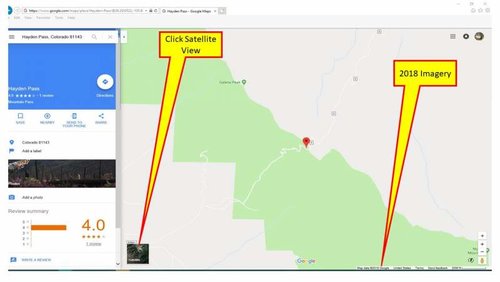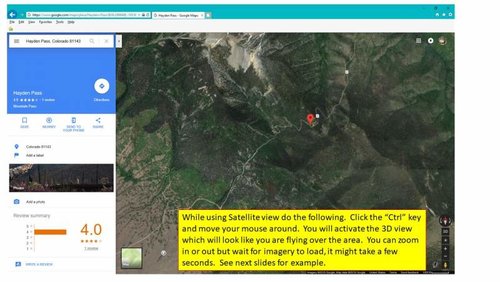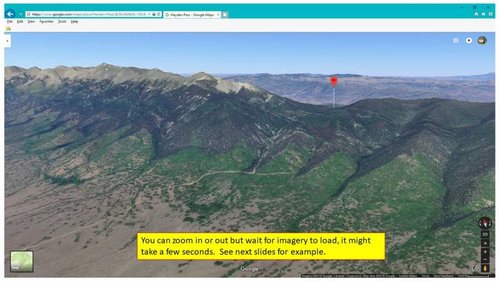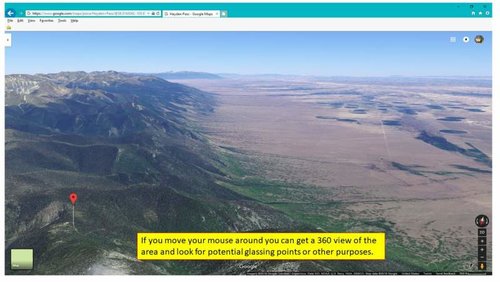Jchiggins2012
Member
Just watching FT S5 E6 and Randy mentions using google earth to find good elk retreats up in the cliffs in CO. Just wondering if any of you do this? If so.... What exactly am I looking for? Im a newbie in all regards to hunting and scouting locations.
Thanks,
J
K ** Shoulda Googled that **** **, just found a couple good videos on top of Randys E Scouting video on you.
Thanks,
J
K ** Shoulda Googled that **** **, just found a couple good videos on top of Randys E Scouting video on you.








